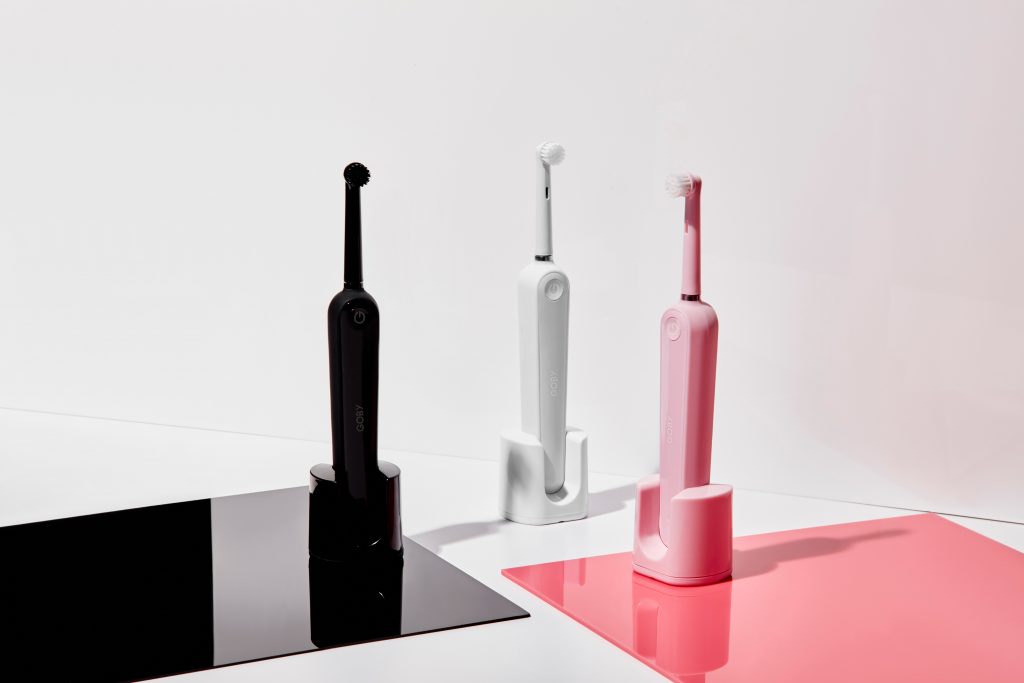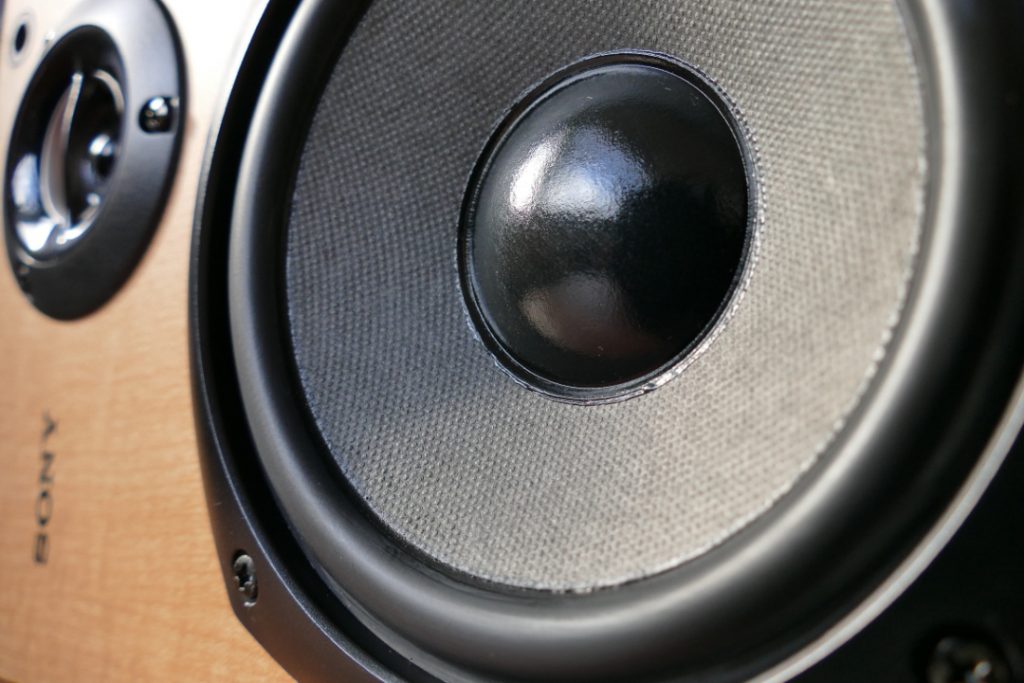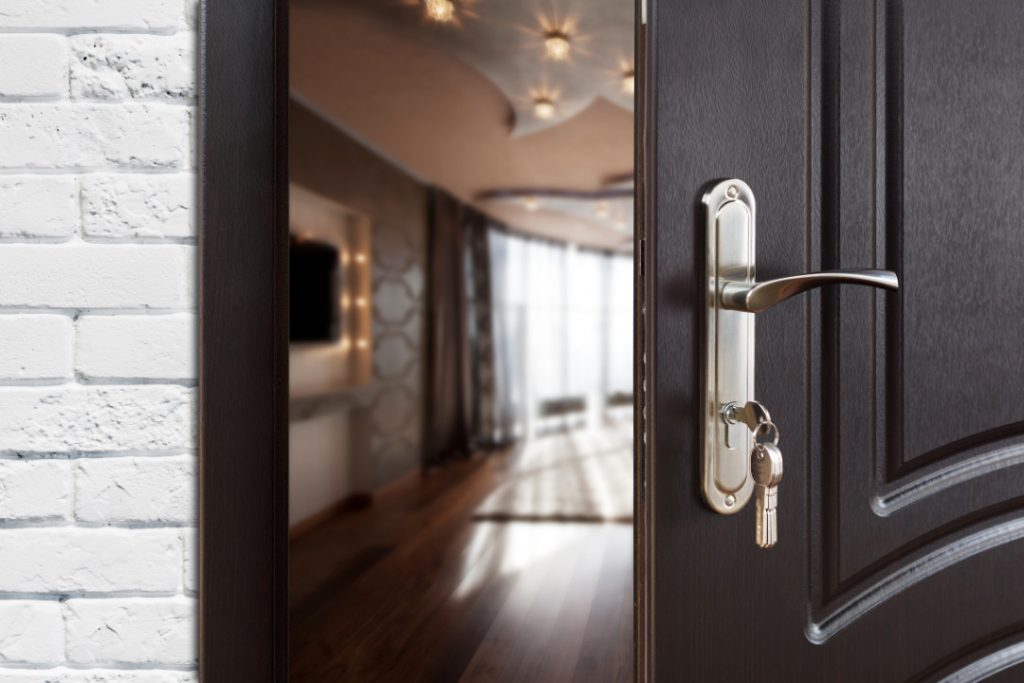Are you tired of your loud electric toothbrush making so much noise? Well, there are a few things you can do to make it quiet. In this blog post, we’ll share some tips with you on how to make an electric toothbrush quiet. Keep reading for more information.
Find Out Why Your Toothbrush Is Loud

The first step in resolving an issue with a noisy electric toothbrush is identifying the source of the problem. This ensures you are making guided decisions to make an electric toothbrush quiet.
Here are a few things to check if you’re trying to find out why your electric toothbrush is loud:
- Check the bristles. If the bristles of electric toothbrushes are frayed or damaged, they can cause the toothbrush to be louder than normal. Replacing the brush head can often fix this problem.
- Check the brush handle. If the handle is loose, it can also cause the toothbrush to be loud. Tighten up any screws or replace the handle if necessary.
- Check the motor. If the motor is having difficulty spinning, it can also make electric toothbrushes louder than usual. You may need to replace the motor or have it serviced by a professional.
With a little troubleshooting, you should be able to figure out why your electric toothbrush is loud and get it back to its normal humming self in no time!
Replace Electric Toothbrush Head
Anyone who has ever used electric toothbrushes knows that one of the keys to a quiet brush is a good toothbrush head. When it is old or damaged, it can create a lot of noise. Replacing the toothbrush head is an easy way to make your electric toothbrush quieter. There are a few things to keep in mind when choosing a brush head.
Acquiring A New Head
Let’s face it, our electric toothbrush heads take a beating. They get dropped, they get stepped on, and they sometimes end up in the dog’s mouth (don’t ask how we know that). So it’s no surprise that eventually, we need to replace them. Here’s how to get a new head for your electric brush.
First, you’ll need to find the right brush head for your model of the electric toothbrush. You can usually find this information on the manufacturer’s website or in the instruction manual that came with your brush.
Removing The Brush Head From The Rest Of The Toothbrush
Many people don’t know how to properly get brush heads for replacement. The first thing you want to do is make sure that the brush is turned off and unplugged from the charger.
Once it’s unplugged, take a look at the base of the brush where the bristles meet the metal casing. You should see a small release button somewhere on the base. Press and hold this button while simultaneously pulling up on the brush head. The head should pop right off. If it doesn’t, consult your electric toothbrush’s manual for troubleshooting tips.
Once you’ve removed the head, simply set it aside and grab a new one from your replacement pack. Line up the new head with the metal casing, making sure that the bristles are facing the right direction. Press down on the new head until you hear it snap into place, this should lead to a quiet electric toothbrush if the brush head is the problem.
Fixing The Handle Of The Brush

It is also possible that your brush head is in good condition but the handle is the culprit behind the noise your electric toothbrush is making. If you are feeling handy, you can decide to fix the handle because it is made of simple electrical parts.
In most cases, the noise could be caused by a wrong connection or disconnection between the wires and essential parts of the electric brush.
Soldering The Wires Inside The Handle
An electric toothbrush is an excellent tool for keeping your teeth clean, but if you don’t know how to properly solder the wires inside the handle, you could be in for a nasty shock. Here’s how to do it:
The first thing to check is whether or not the space you’re working in is well-ventilated. When you’re soldering, you generate vapors that can be harmful if breathed. When soldering, work in an area with good ventilation.
Next, gather your supplies. You’ll need a soldering iron, some solder, and some wire cutters. If you don’t have wire cutters, you can use a sharp knife, but be careful not to cut yourself.
Once you have your supplies, it’s time to get started. Cut the wires that you’ll be soldering together to the same length – this will make it easier to work with them. Then, strip the ends of the wires so that there is no insulation around them.
Now take your soldering iron and heat up the tip. Once it’s hot enough, touch the end of the wire to the solder and hold it there until the solder melts and the surrounding metal starts to turn glossy. This indicates that the solder has adhered to the wire.
Repeat this process for the other wire, then touch the two soldered wires together and hold them until the solder cools and hardens. This will create a good connection between the two wires.
Once you’re finished soldering, you can put your brush back together and give it a try. If it still makes noise, you may need to replace the electric toothbrush. A good option you should consider is sonic toothbrushes. The difference between sonic and electric toothbrushes is that a sonic toothbrush produces a limited humming sound. In addition to this, sonic toothbrushes come with more efficient cleaning technology.
Preventive Measures
Once you have your electric toothbrush back at the normal vibration, it is good to take care of it in order to maintain a quiet electric toothbrush. Here are tips that can help:
Keeping Your Toothbrush In Good Working Condition
- Keep the bristles clean. Be sure to remove any plaque or debris from the bristles after each use. You can use a toothbrush head cover or a small brush to clean the bristles.
- Keep the brush head dry. Electric toothbrushes need to be allowed to air dry after each use. This helps to prevent the growth of bacteria and Keeps the brush head from wearing out prematurely.
- Replace the brush head regularly. Depending on the manufacturer, most electric toothbrushes come with replacement heads that should be used every three to six months. Replacing the brush head will help to keep your toothbrush working like new.
By following these simple tips, you can keep your electric toothbrush in good working condition and ensure that it lasts for many years to come.







